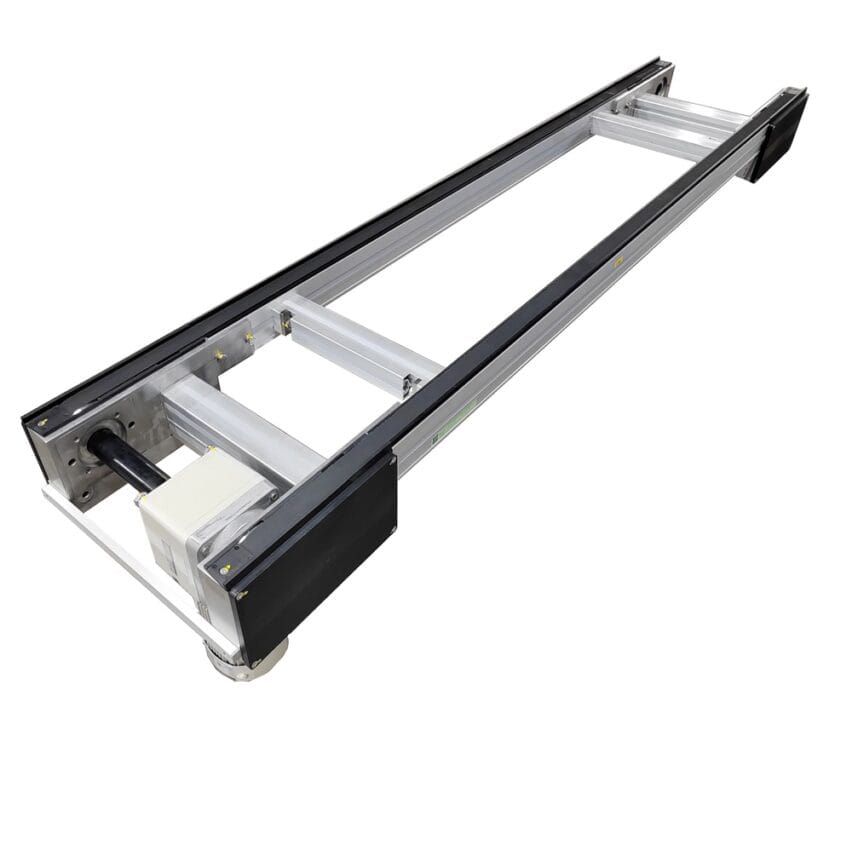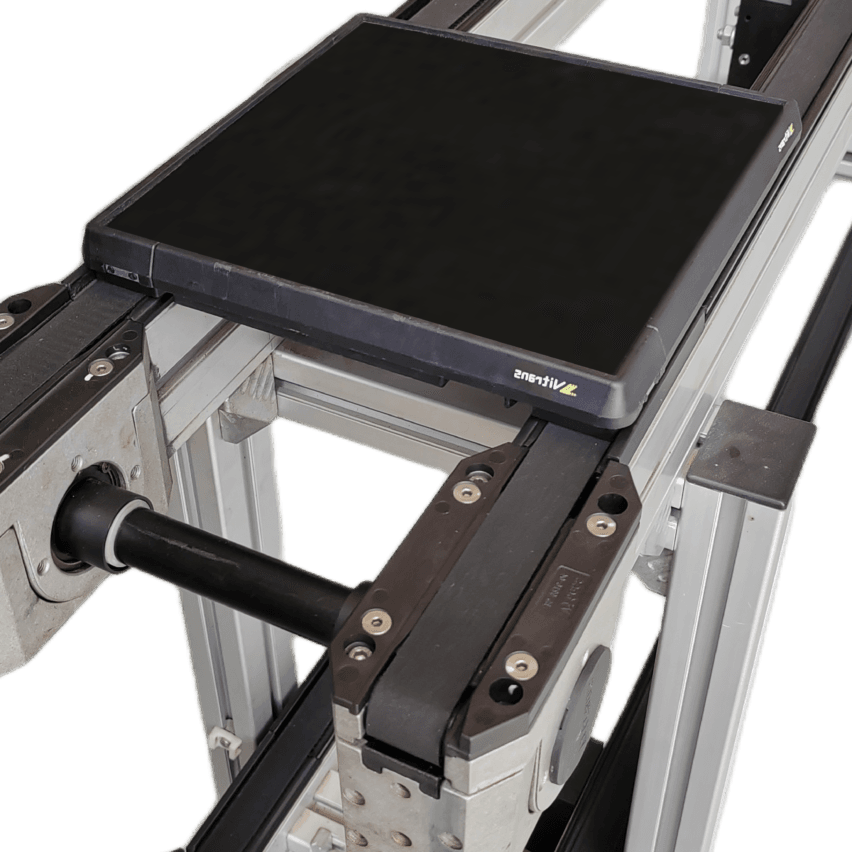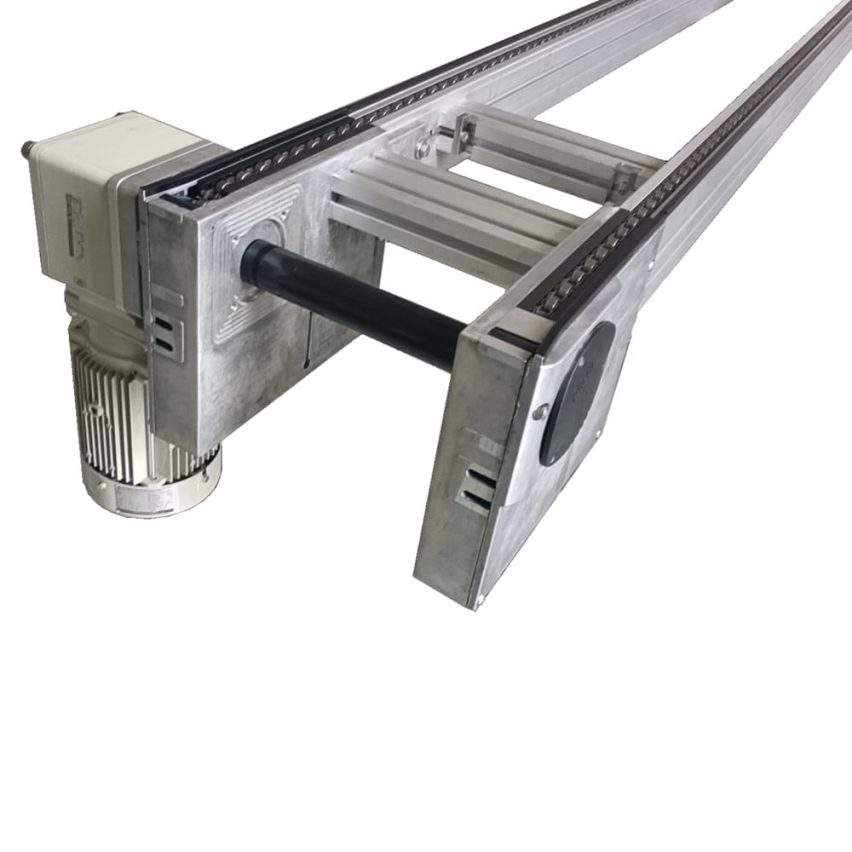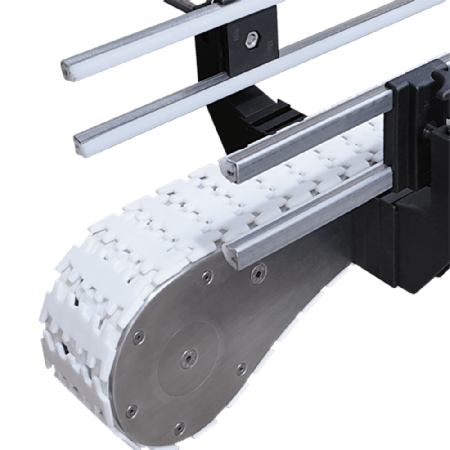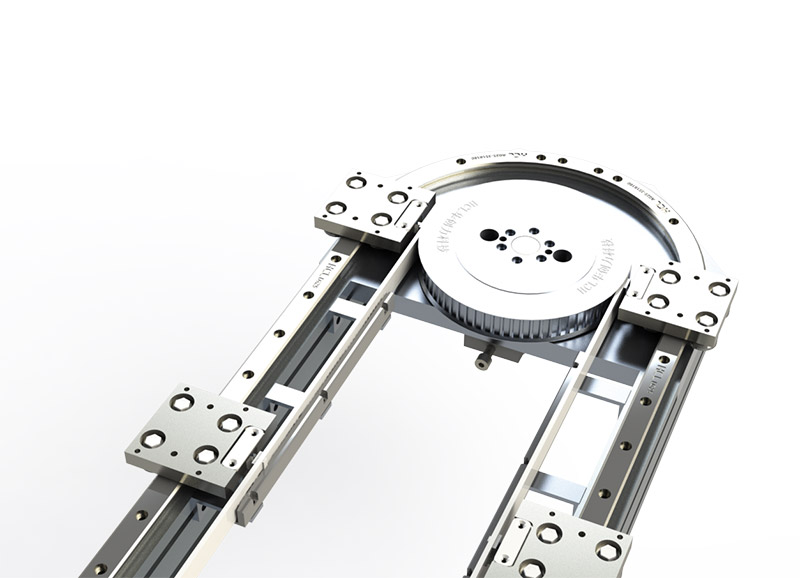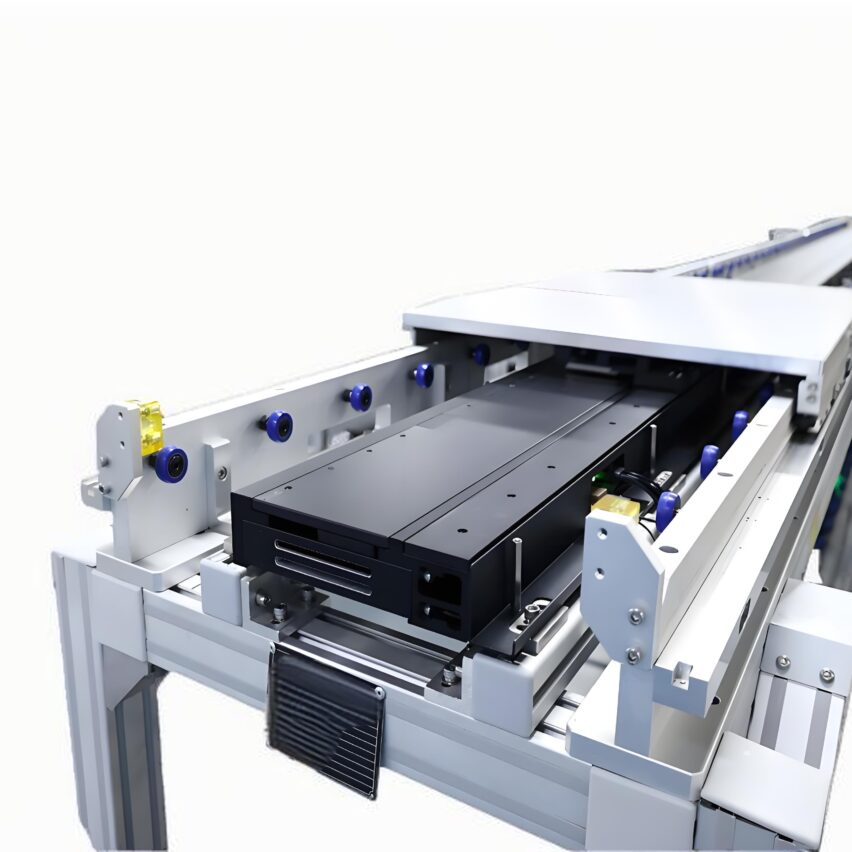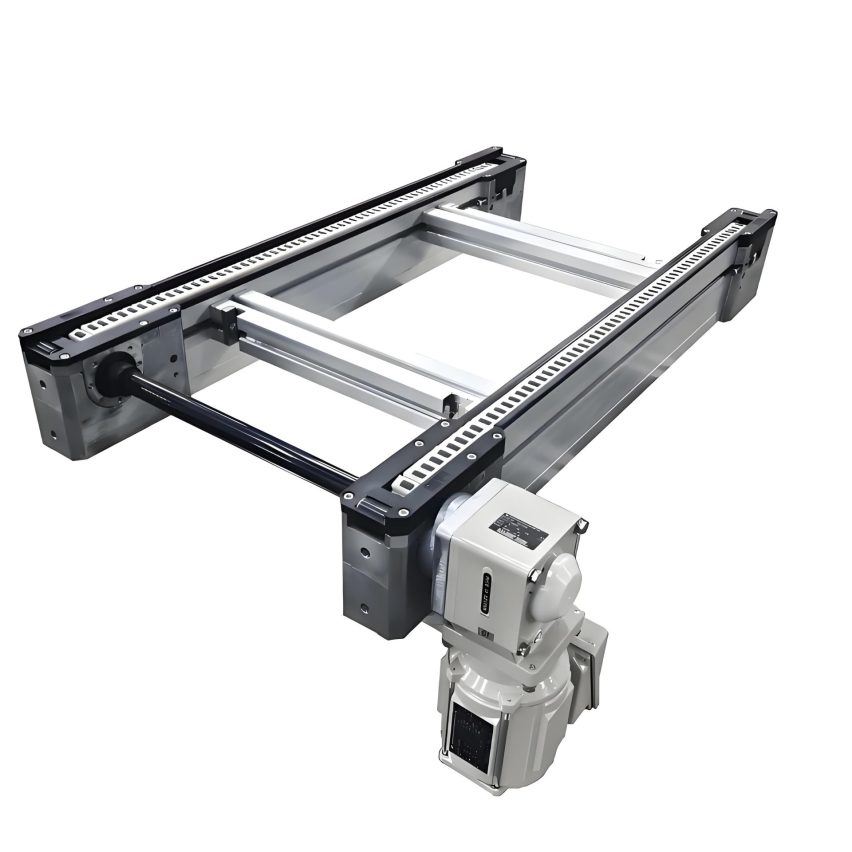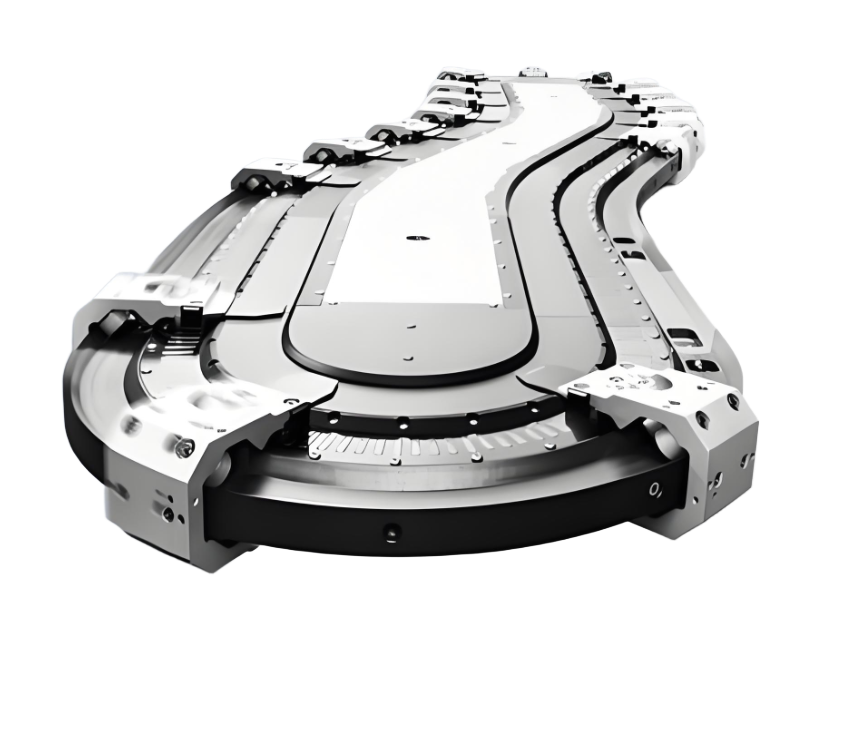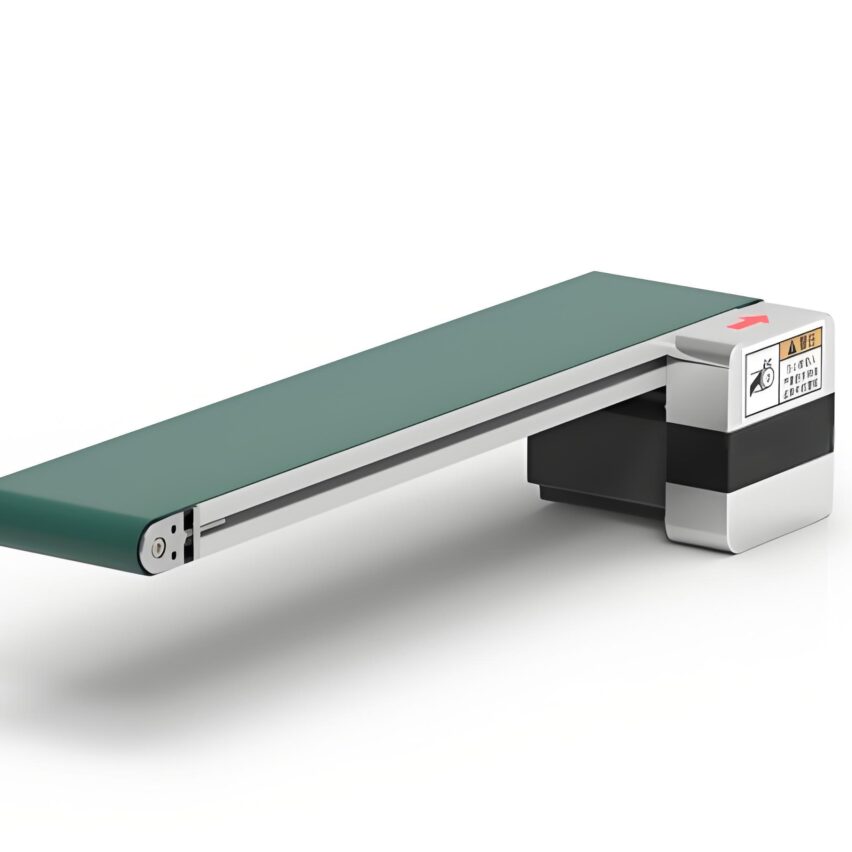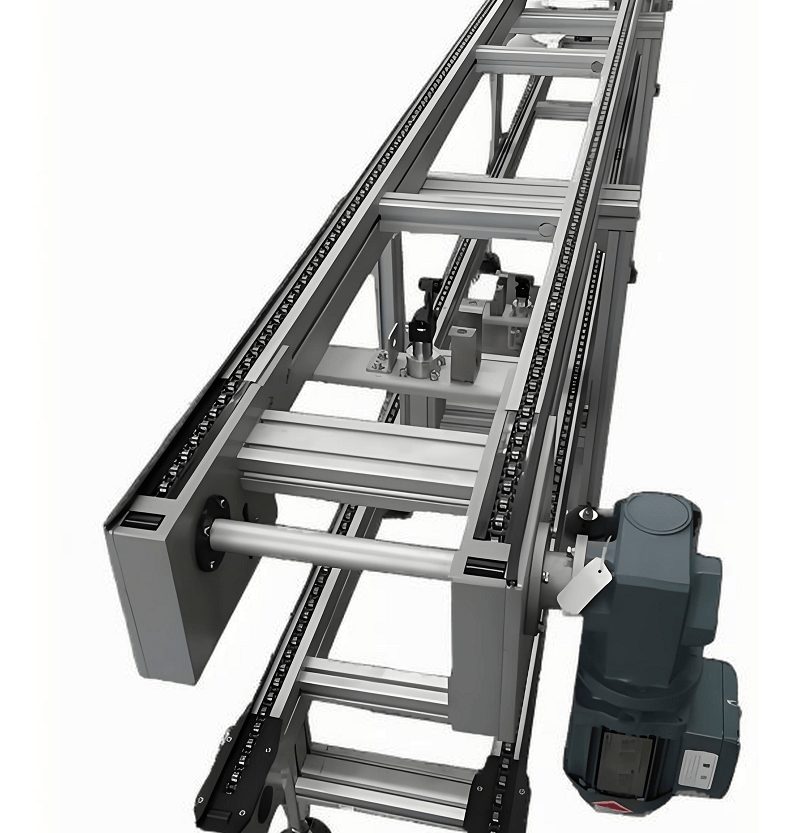In the SMT workshop, the multiplier chain is used as the core transmission equipment, and its electrostatic protection is directly related to the safety of precision electronic components. Electrostatic discharge (ESD) can cause MOS devices to fail at 30-1800V and CMOS devices at 250-3000V. Many companies ignore the following three key protective measures, resulting in a high rate of product damage:
I. Grounding system: independent grounding of the speed chain and material selection
Why does it have to be done?
When the doubler chain is running, the metal rollers rubbing against the PCB are prone to generate thousands of volts of static electricity. If the grounding is poor, the charge build-up can breakdown sensitive components (e.g. VMOS devices require only 30V to fail).
How to implement it correctly?
- Individual grounding: Three-phase five-wire grounding method is adopted, and the grounding resistance is strictly controlled at10Ω or less, and separate from the power ground (sharing of the lightning protection ground is prohibited).
- conductive material: Use of static dissipative materials on the surface of the speed chain (surface resistance)10⁵-10⁸Ω-cm), such as rubber mixed with conductive carbon black and passed through the1MΩ current limiting resistorConnect to ground (to avoid damage to the device from drain current >5mA).
- periodic testing: Measure the earth resistance every month and check the antistatic properties of the multiplier chain table top every 6 months, recorded in the Antistatic Table Mat Test Sheet.
Ignoring the consequences::
A factory's failure to independently ground the doubler chain resulted in soft breakdown of the entire batch of motherboard ICs, resulting in rework losses of over 200,000 RMB.
II. Environmental control: humidity and ion neutralisation double insurance
Why does it have to be done?
When the humidity is lower than 30%, the static voltage of human activity can soar to more than 2kV; the friction static electricity generated by the high-speed operation of the multiplier chain needs to be neutralised by ions.
How to implement it correctly?
- Humidity control: Workshop constant humidity45-70%RH(Temperature 23 ± 3 ℃), humidification equipment need to use pure water (tap water containing chlorine corrosion components).
- Ion blower deployment: Installation of ion fans at the entrance of the multiplier chain and near the bonder to neutralise static electricity from insulating materials (e.g. PCB packaging film).
- Real-time monitoring: Temperature and humidity recorded every 2 hours and ion fan coverage calibrated quarterly.
Ignoring the consequences::
A workshop in the north of the winter humidity is only 20%, multiplier chain transmission in the PCB cumulative static voltage of 8kV, resulting in a batch of chip capacitors cracking.
III. Personnel and operational norms: from protective equipment to operational standards
Why does it have to be done?
Chemical fibre work clothes friction can produce 6000V static electricity, personnel contact with the speed chain if not discharged, instantly can destroy sensitive devices.
How to implement it correctly?
- Full protection: Operators wear anti-static clothing/shoes (sole resistance)10⁶-10⁸Ω), wear wristbands (system resistors)1-10MΩ) and pass a pre-shift test before starting work.
- operating ban::
- It is prohibited to place non-productive items (e.g. plastic bags, newspapers) on the multiplier chain workbench;
- PCBs must use anti-static crates, and bare boards are separated by anti-static partitions when stacked.
- Movement specification: Take and put the PCB "a take a test", avoid stacking; touch the device before touching the grounding point.
Ignoring the consequences::
Employee was not wearing a wristband to debug the multiplier chain, and the static electricity in his hand broke through the interface chip, causing a 4-hour downtime on the production line.
In summary: systematic protection is key
Speed chain static protection needs to run through the "equipment - environment - people" link:
- device layer: Grounding resistance <10Ω + Static dissipative material;
- environmental layer: 45-70%RH Humidity + Ion Neutralisation Override;
- operating layer: Protective equipment 1001 TP3T testing + action standardisation.
Neglect any part of the light is the hidden damage to the device (subsequent rework rate rose 30%), or the whole batch of products scrapped. The establishment of "anti-static point inspection form" (such as wristbands daily test, monthly inspection of the mat) and responsibility to a person, is the core of the long-term effect of landing.

